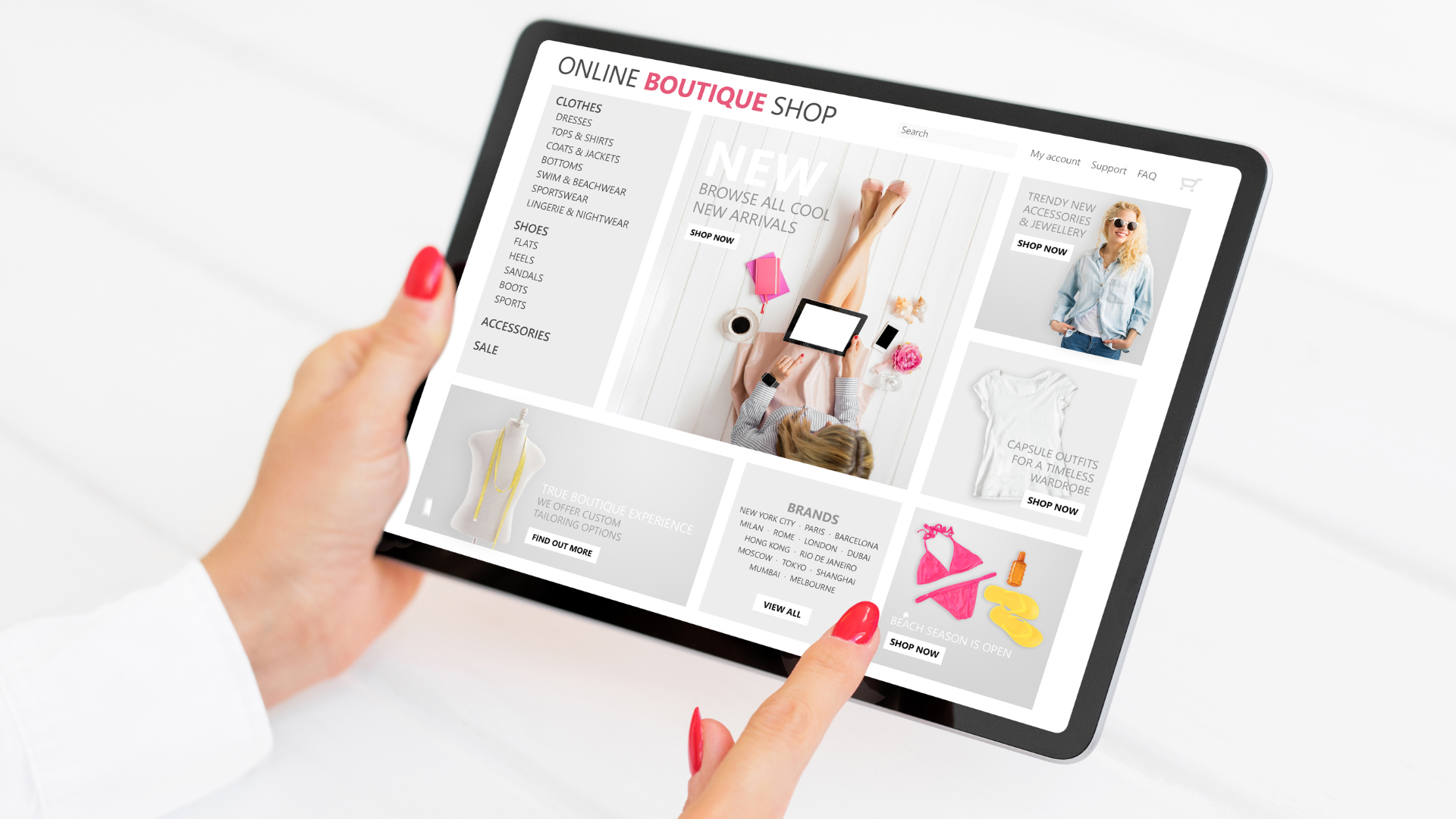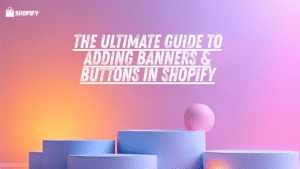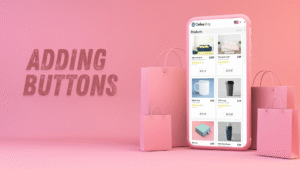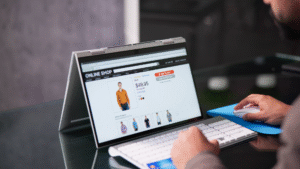Types of Banners You Can Add
The Strategic Power of Banner Diversity
In the world of e-commerce, one size definitely doesn’t fit all when it comes to banners. Each banner type serves a unique purpose in your customer’s journey, from the moment they land on your homepage to the final checkout process. By strategically implementing different banner types, you can create a comprehensive visual communication system that guides, informs, and converts visitors at every stage of their shopping experience.
The key to successful banner implementation lies in understanding not just what each type does, but when and where to use them for maximum impact. Let’s explore each banner type in detail, examining their unique characteristics, optimal use cases, and best practices for implementation.
Banner Performance Statistics
Advanced Banner Strategies
Beyond the basic banner types, successful e-commerce stores implement sophisticated banner strategies that consider user behavior, seasonal trends, and conversion optimization. This includes dynamic banners that change based on user location, previous purchases, or browsing history.
Personalization is becoming increasingly important, with AI-powered banner systems that can display different content to different users based on their preferences and behavior patterns. This level of customization can significantly improve engagement rates and conversion performance.
Pro Tip: Banner Rotation Strategy
Implement a banner rotation system that cycles through different promotional banners every few days. This keeps your store fresh for returning visitors while allowing you to test different offers and messaging approaches. Track performance metrics for each rotation to identify the most effective combinations.
Mobile-First Banner Design
With mobile commerce accounting for over 50% of all online transactions, designing banners with mobile users in mind is no longer optional—it’s essential. Mobile-first banner design requires rethinking traditional desktop approaches and prioritizing touch-friendly interactions, readable text, and fast loading times.
Key considerations for mobile banner design include thumb-friendly button sizes, simplified messaging that works on smaller screens, and ensuring that banners don’t overwhelm the mobile browsing experience. Remember that mobile users often have different intent and behavior patterns compared to desktop users.
Measuring Banner Performance
Implementing banners is only the first step—measuring their performance is crucial for ongoing optimization. Key metrics to track include click-through rates, conversion rates, engagement time, and the impact on overall site performance. Use tools like Google Analytics, heat mapping software, and A/B testing platforms to gather comprehensive data.
Regular performance reviews should inform decisions about banner placement, design updates, and content refreshes. The most successful stores treat banner optimization as an ongoing process rather than a one-time setup task.
Ready to Transform Your Store with Strategic Banners?
Implementing the right mix of banner types can dramatically improve your store’s performance. Start with these proven strategies and watch your conversion rates soar.
See Examples in Action Get Started TodayConclusion: Building Your Banner Strategy
Creating an effective banner strategy requires understanding your audience, testing different approaches, and continuously optimizing based on performance data. Each banner type serves a specific purpose in your customer’s journey, from initial awareness to final conversion.
Start by implementing the basic banner types covered in this guide, then gradually experiment with more advanced strategies as you gather data and insights about your customers’ preferences and behaviors. Remember that the best banner strategy is one that aligns with your brand identity, serves your customers’ needs, and drives measurable business results.








Add comment